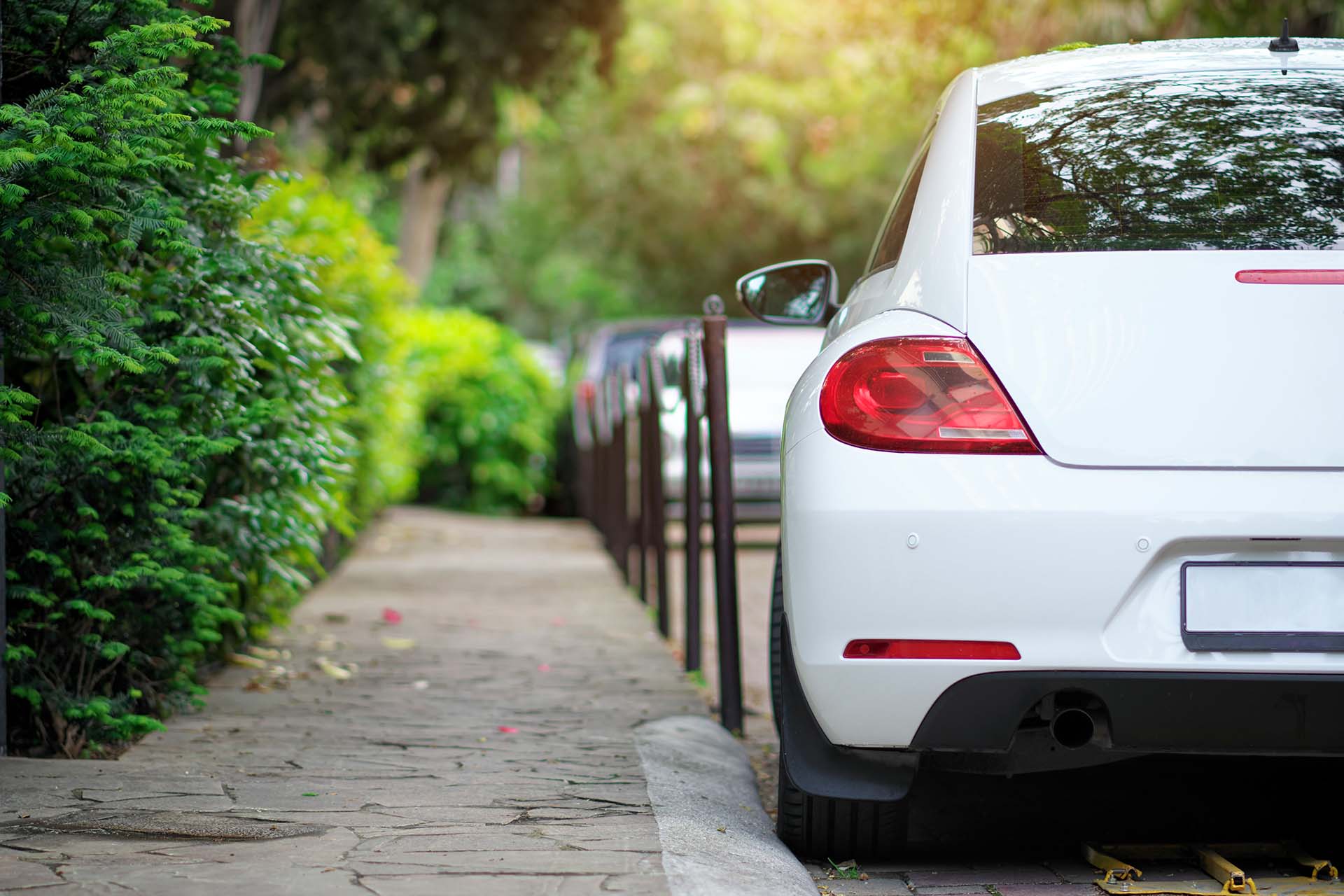
Canadian drivers are no strangers to unpredictable weather.
One day it’s a heavy downpour, the next it’s icy roads, and by summer, wildfires or heatwaves can create challenges on the road.
With climate change intensifying extreme weather, preparing your car for emergencies has never been more important.
Resilience isn’t just about making sure your vehicle runs – it’s about being equipped to handle sudden disruptions and keeping yourself and your passengers safe no matter what the forecast throws at you.
Here’s how to prepare your car for climate resilience with the right tools, kits, and proactive measures.
Why Climate Resilience Matters for Canadian Drivers
In recent years, Canadians have experienced more frequent:
- Heatwaves and wildfires leading to poor air quality and overheating risks.
- Heavy rain and flash floods causing road closures and vehicle stalling.
- Severe winter storms creating dangerous icy conditions and long delays.
These events can strand drivers unexpectedly, damage vehicles, or put families at risk.
A climate-resilient car isn’t just about performance – it’s about preparation.
The Essentials of a Climate Resilience Car Kit
Think of this as your “survival pack” for unexpected weather.
It should be stored in your vehicle year-round, with seasonal add-ons.
Power & Communication
- Portable battery pack or jump starter (with USB charging ports).
- Solar-powered or hand-crank phone charger.
- Battery-powered emergency radio to stay updated during outages
Safety & Visibility
- LED flares or reflective triangles for breakdowns in poor visibility.
- High-visibility safety vest.
- Compact flashlight with spare batteries.
Weather-Specific Gear
- For Winter: Thermal blankets, chemical hand warmers, folding shovel, sand or kitty litter for traction.
- For Summer: Extra drinking water, electrolyte packets, wide-brim hat, sunscreen.
- For Rain/Flooding: Waterproof poncho, extra socks, sealed bags for valuables.
Health & Comfort
- First aid kit with essentials like bandages, antiseptic, and pain relief.
- N95 or KN95 masks (for wildfire smoke and poor air quality).
- Non-perishable snacks (protein bars, dried fruit).
Vehicle Protection Tools
- Multi-tool or utility knife.
- Tow strap or rope.
- Fire extinguisher rated for vehicle use.
Seasonal Adjustments for Canadian Drivers
- Spring & Summer: Focus on heat protection, hydration, and wildfire preparedness. Carry extra windshield washer fluid to fight bugs and dust.
- Fall: Inspect wiper blades, top up antifreeze, and ensure heating systems are working before the cold sets in.
- Winter: Switch to winter tires early, keep your gas tank at least half full, and add extra thermal supplies to your kit.
Proactive Vehicle Maintenance for Climate Resilience
A well-maintained car is the foundation of climate readiness. Drivers should:
- Test your battery before winter — cold weather reduces efficiency.
- Check tire tread and pressure frequently, especially during extreme temperature swings.
- Inspect seals and weatherstripping to prevent leaks during heavy rains.
- Replace air filters regularly to maintain clean airflow during wildfire season.
Extra Considerations for Canadian Roads
- Flood safety: Never attempt to drive through moving water. Even 30 cm can carry a small car away.
- Smoke hazards: Keep windows closed, recirculate cabin air, and use a cabin air filter to reduce exposure.
- Rural driving: If you travel long stretches between towns, consider a satellite communicator for emergencies.
Getting It All Ready
Climate change is reshaping how Canadians drive, and resilience is now an essential part of car ownership.
Preparing your vehicle with the right tools, kits, and seasonal maintenance means you’ll be ready for whatever extreme weather comes your way.
A few hours spent preparing today could be the difference between a minor inconvenience and a dangerous situation tomorrow.
Your car is more than a mode of transportation – it can be a lifeline when the weather takes an unexpected turn.





